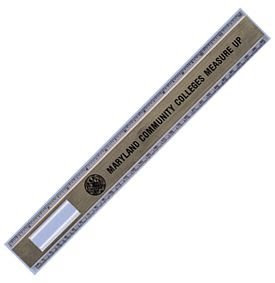Tip & Fact:
Try your best to get a 360 reference image of what you're going to cosplay because the more accurate the cosplay, the more likely you'll be that character.
It's always easy to find just the front and guess at the rest, but that's the problem. If you don't fully know what your cosplay looks like 360, then more than likely, it'll be wrong.
Tip & Fact:
It's always best to find a reference image where they will most likely be located, like an anime image gallery and an "anime series" image gallery. If for some reason that you can't find what you're looking for, then go to Yahoo and/or Google image search engines. Your last resort would most likely be is Photobucket.com
Tip & Fact:
Now, say that you can't find any reference pictures at a certain angle and you really need it the most to complete the look. The very last resort is to use video reference. I much prefer using a regular reference picture on the internet, but believe it or not, you may have no choice but to use a video reference.
The best way to obtain a video reference would be two ways:
1. Search for the series on Youtube where it would most likely show that angle, pause it when you see the angle you're looking for and then draw it from there.
2. If you have the anime series on DVD, then resort to one, two. or any number of the episodes that will show that angle, pause it when you see it, and draw it from there.
Here's an excellent example. I'm trying to give one of my cosplays a major cosplay surgery (my very first cosplay, Lady Kayura from the Ronin Warriors/Samurai Troopers ,to be exact
 ), and I couldn't find a very good picture of her in the back because her hair would always cover it. I was doing the back of her chestplate and I couldn't find it on the internet, so I decided to refer to my Ronin Warriors DVDs and look for an episode that would show a good back veiw without her hair covering it and to my surprise, I made a great discovery about her back of the chestplate. When I first started, I honestly thought it was two separate pieces, but it turns out that it was one big long chestplate that came around in a circle and just attached at the side and her shoulder guard. I even had to refer to the DVDs again for the complete detail of her amulet and let's just say that I got GREAT detail of it, regardless of it being shaddered and it being put back together again.
), and I couldn't find a very good picture of her in the back because her hair would always cover it. I was doing the back of her chestplate and I couldn't find it on the internet, so I decided to refer to my Ronin Warriors DVDs and look for an episode that would show a good back veiw without her hair covering it and to my surprise, I made a great discovery about her back of the chestplate. When I first started, I honestly thought it was two separate pieces, but it turns out that it was one big long chestplate that came around in a circle and just attached at the side and her shoulder guard. I even had to refer to the DVDs again for the complete detail of her amulet and let's just say that I got GREAT detail of it, regardless of it being shaddered and it being put back together again. So yeah, a video reference isn't all bad, but try really hard to find references in complete 360 on the internet. Again, use video reference as a last resort.
Remember, you want your cosplay to be accurate and not just similar^^




